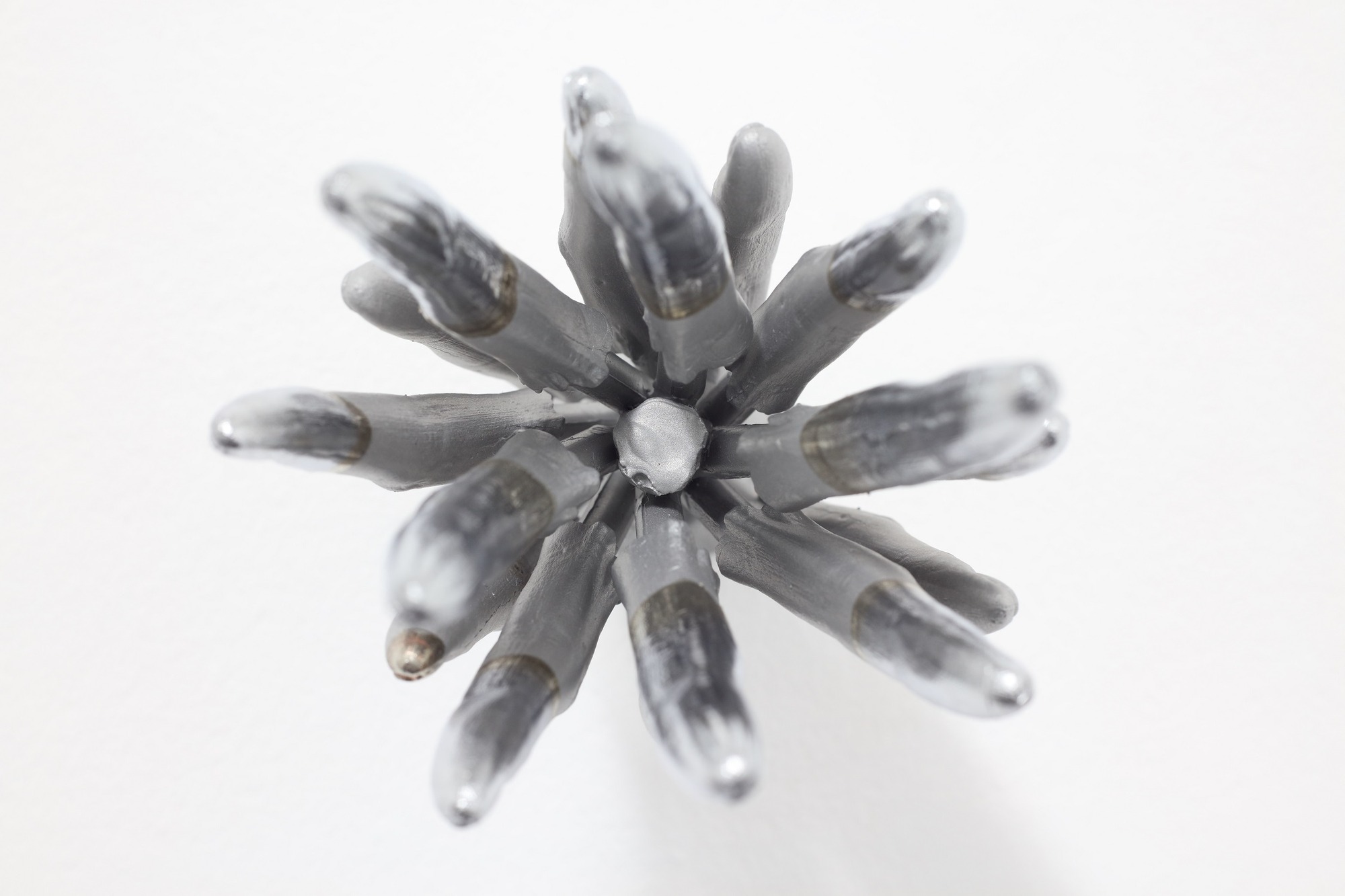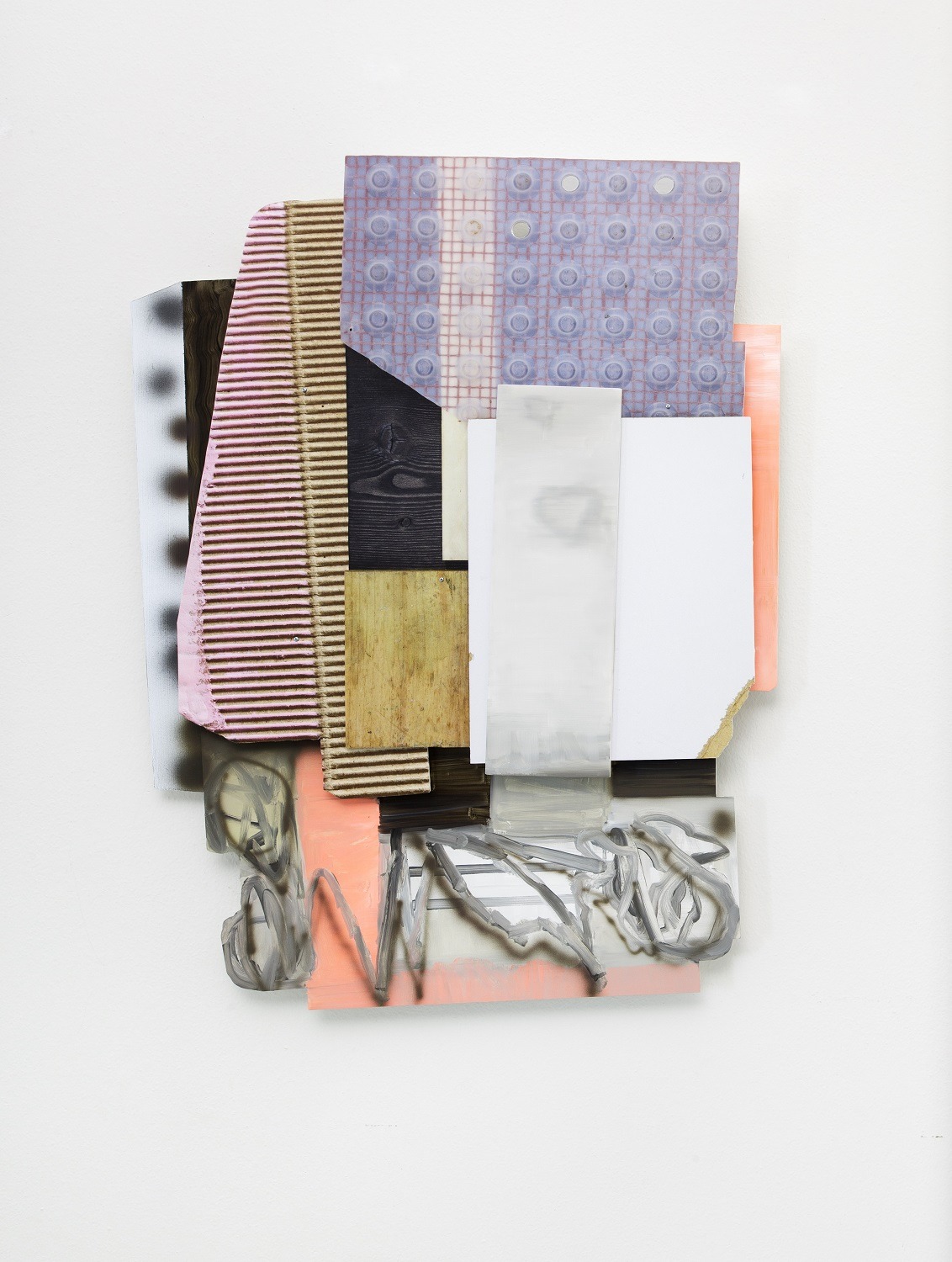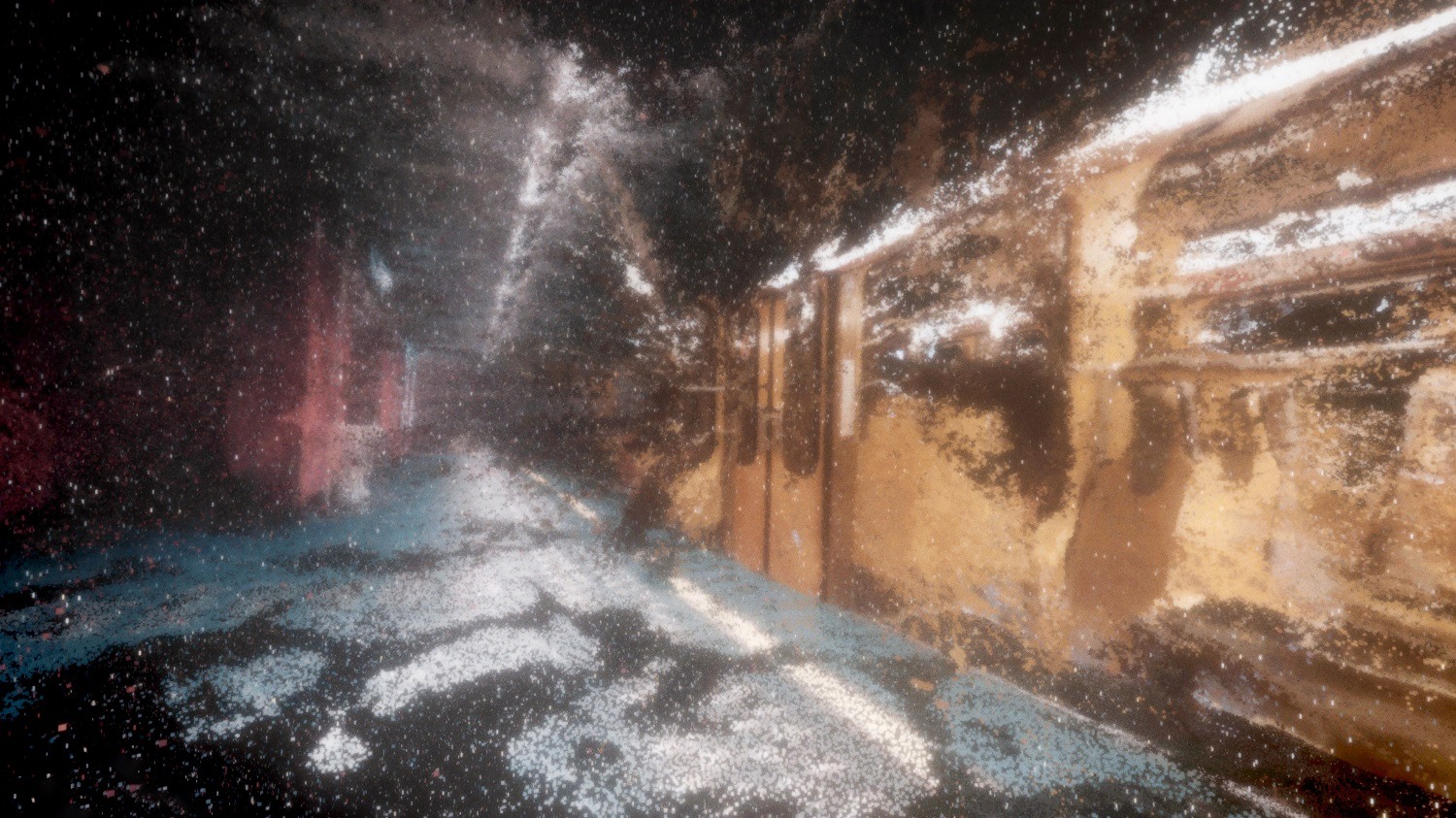Phantoms and Other Illusions
Dove Allouche, Ismaël Joffroy Chandoutis, Alice Channer, Wolfgang Ellenrieder, Friederike Feldmann, Anaïs Lelièvre, Echo Can Luo, Marge Monko, Nedko Solakov, David Zink Yi
11 Feb - 03 Sep 2023

Alice Channer, Microstrobilus, 2016, Gegossenes und verchromtes Aluminium / Cast and chromed aluminum, 30 x 13 x 10,5 cm, Courtesy Monika Schnetkamp Collection, Photo: Achim Kukulies, Düsseldorf

Wolfgang Ellenrieder, Analoglochung, 2014, Pigment, Bindemittel, Öl, Holz und Pigmentdruck auf Forex / Pigment, binder, oil, wood and pigment print on forex, 83 x 64 x 6 cm, Courtesy Wolfgang Ellenrieder, Photo: Wolfgang Ellenrieder & VG-Bild Kunst, 2023

Ismaël Joffroy Chandoutis, Maalbeek (Filmstill), 2020, Einkanalvideo, Farbe, / Single channel video, colour, stereo, 16:9, 16:12 Min., Courtesy der Künstler / the artist
Visual deceptions, spatial illusions and suggestions of specific material qualities with completely different materials were already to be found in pictorial and sculptural representations of antiquity. In modern art, however, methods of illusion and deception were rather disapproved of. As Ernst H. Gombrich states in his book Art and Illusion (1960), the ability of craftsmen to imitate nature faithfully was no longer regarded as a genuine artistic quality. Only in the realm of surrealism was it used extensively, in order to make fictions and fantasy worlds appear real.
The penchant for illusion, however, would never be entirely suppressed. Even Conceptual Art, which is generally reluctant to employ lavish visual delights and still exerts its influence on the judgements of taste and art-theoretical discourses today, was interspersed with elements of illusionism. Besides, it would be almost absurd if artists today were not concerned with illusions – considering the increasing number of images and things around us that reveal less and less of how they came about and what degree of reality they possess. Like phantoms, they hover in the space between reality and fiction.
In the exhibition Phantoms and other Illusions, the play with an array of materials between naturalness and artificiality is juxtaposed with objects and installations that fictionalize our experience of space. The equally alluring and delusive promises of advertising and fashion are also questioned through artistic means. Not least, the different semantic layers underlying the concept of illusion are up for debate – including the psychological and political levels.
The penchant for illusion, however, would never be entirely suppressed. Even Conceptual Art, which is generally reluctant to employ lavish visual delights and still exerts its influence on the judgements of taste and art-theoretical discourses today, was interspersed with elements of illusionism. Besides, it would be almost absurd if artists today were not concerned with illusions – considering the increasing number of images and things around us that reveal less and less of how they came about and what degree of reality they possess. Like phantoms, they hover in the space between reality and fiction.
In the exhibition Phantoms and other Illusions, the play with an array of materials between naturalness and artificiality is juxtaposed with objects and installations that fictionalize our experience of space. The equally alluring and delusive promises of advertising and fashion are also questioned through artistic means. Not least, the different semantic layers underlying the concept of illusion are up for debate – including the psychological and political levels.
